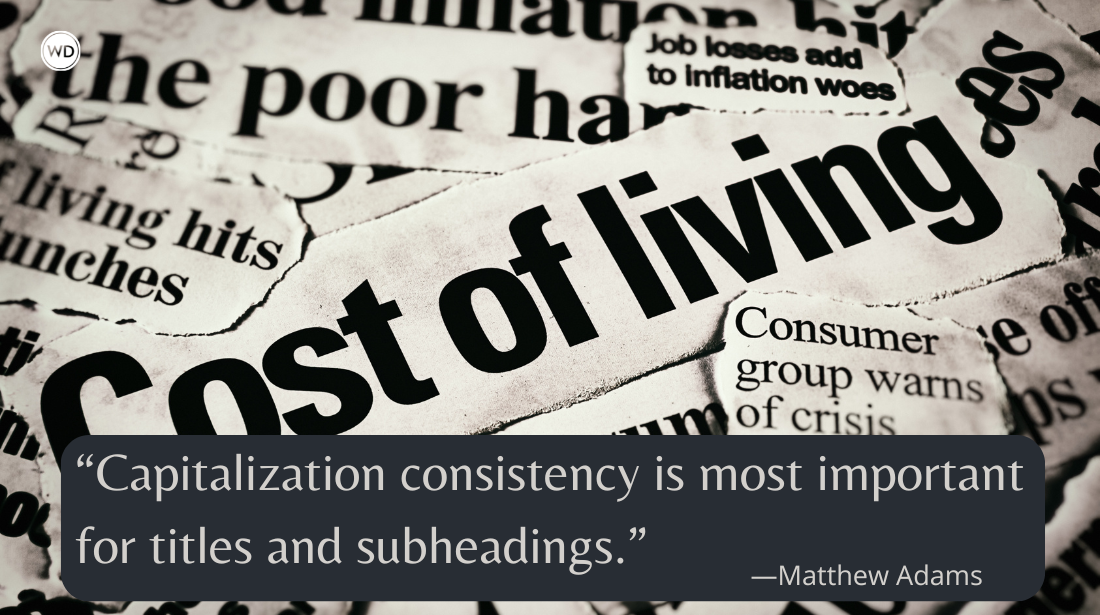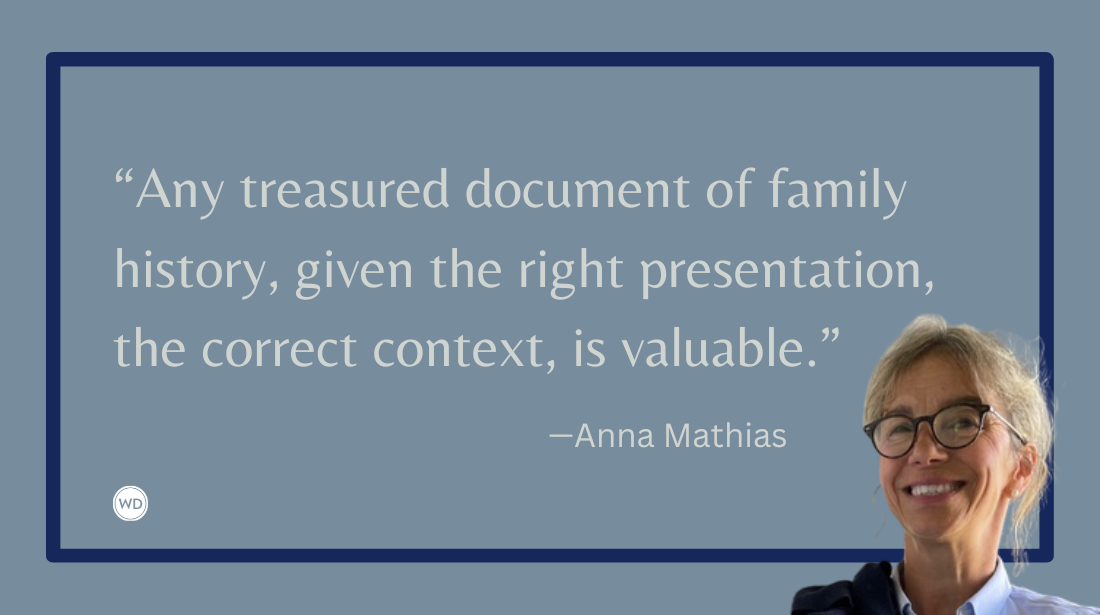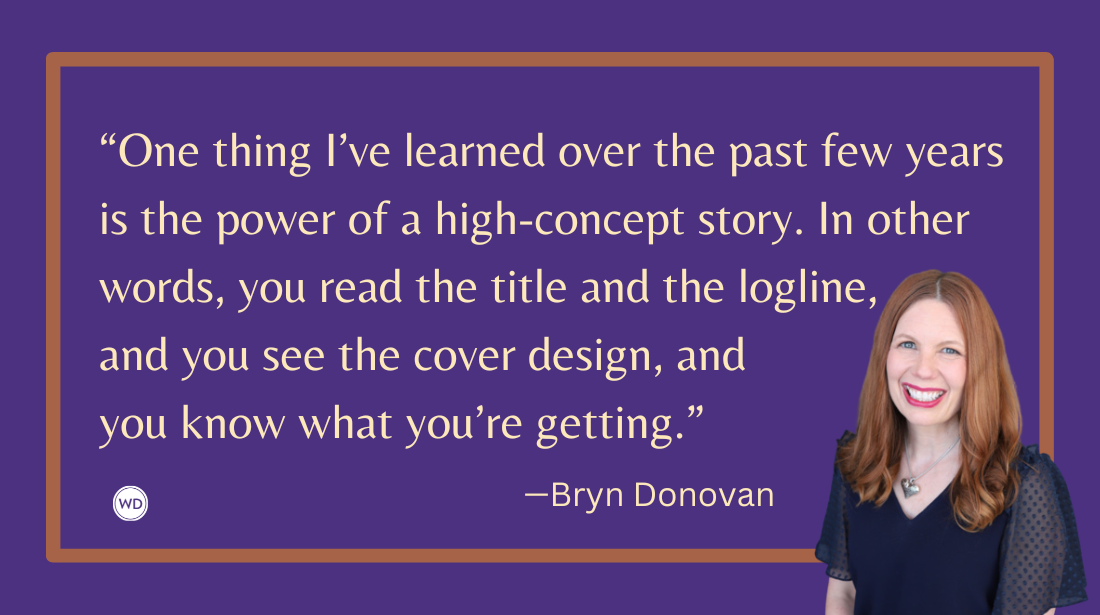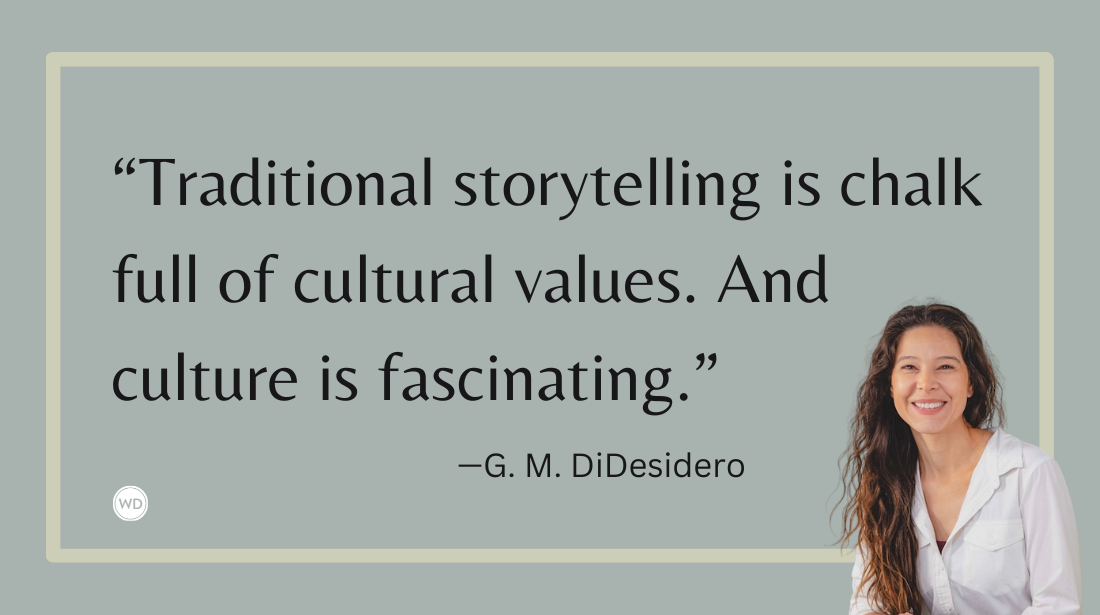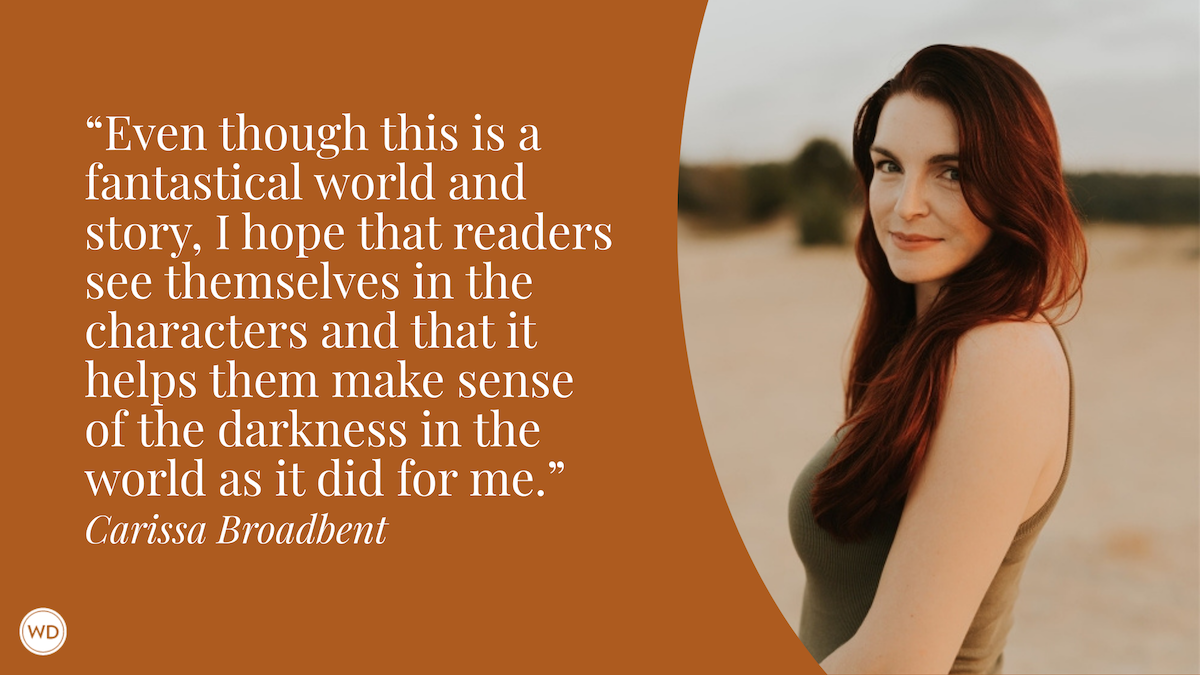How to “Up the Stakes” for Your Main Character
Don’t be afraid to make things hard on your characters. You should always come up with several different problems to choose from. Here are 3 ways to do that. by Victoria Lynn Schmidt
Don’t be afraid to make things hard on your characters. You should always come up with several different problems to choose from. Who knows; you may even throw numerous dilemmas at them at once. Think about the type of story you’re writing and the genre you want to work in: What kinds of problems do characters usually have in these stories? How can you make your story different from the rest? Serious problems and goals will be crucial in helping to drive your story forward, so you’ll want to make them good.
IDENTIFY CHARACTER MOTIVATION
People—and characters—tend to move toward pleasure and away from pain, so consider:
• Are your main characters moving toward pleasure or away from pain? Or both?
• What reward awaits the hero in the end?
• What is motivating the hero to press on?
Don’t just give a generic reply like, “The hero wants to save the village from the bad guys and avenge his friend.” Go deeper than that. Ask yourself, “Why does he want this?” Your answer should relate to your character’s core traits, flaws and goals. For instance, “The hero needs to feel needed. He needs to save the village to prove his self-worth, and he wants to feel the satisfaction and power of avenging his friend’s death.”
Now we have a much deeper level at work. The hero is moving away from the pain of low self-worth and toward the pleasure of being needed and powerful, as well as toward the pleasure of earning admiration from everyone in the village. Doesn’t that give you a bit more to write about?
What if your character just wants to have the satisfaction of doing the right thing? Still, ask yourself: Why?
• Because the character’s mother told him to always do the right thing? (He wants to please his mother and be worthy of her love.)
• Because the character wants to make up for something he did wrong long ago? (He seeks forgiveness so he can leave the pain behind him.)
• Because the character wants to believe that good always prevails? (She needs to feel like order has
been restored so she can avoid the pain of uncertainty and happenstance.)
Find the deeper meaning. Of course we’ve all seen the old story in which a hero slays the dragon to win the hand of a princess, but why does he bother? This princess is usually someone who refuses to accept any man, but is forced to marry the slayer of the dragon. She’s considered unattainable. But if he attains her, he’ll win so many other things besides her hand—does that include self-esteem, admiration, money, power? You decide, of course. These are all rewards the hero can be seeking, but each one implies different reasons for wanting to attain it.
INSERT CLIFFHANGERS
Cliffhangers can really beef up a sagging story, and they’re great for when you find yourself without any obvious next steps. How will you keep the reader interested? It can seem so daunting.
The answer is to come up with an event and delay paying it off. Set up the event so that the reader truly doesn’t know whether or not things will work out. There has to be a question in the reader’s mind about what will happen. Some classic cliffhangers include:
• The ticking clock (when the hero must do something in a certain amount of time and we don’t know if it’s possible to accomplish it).
• The character on the verge of making a hasty major decision (perhaps she doesn’t have all the information yet and we want her to wait, but it doesn’t look like she will).
• The interruption, either in the form of another character or an event that throws the heroine off track (the heroine is about to find her husband upstairs cheating with another woman when her neighbor stops by to talk, keeping her downstairs, and we don’t know if she’ll go upstairs and finally learn the truth; ringing phones and tea kettles usually fall into this category, and for this reason should be avoided).
• The unexpected problem just when the resolution seems on the horizon (the hero and heroine seem likely to get together, which would mean “the end,” when all of a sudden numerous problems are dropped into their laps, and we now question if it will ever work out).
The goal here is to leave the reader wondering about what could possibly happen next, so that she won’t be able to put the book down. You have to be careful that you make this seem seamless, though. It has to feel natural and organic to the plot; otherwise, the reader will get upset with you and feel manipulated. (Hey, if it were easy, every book would be a page-turner!) You are creating anticipation in the reader. This anticipation has to be paid off at some point.
So when and how do you cut back to the cliffhanger? That’s another choice you have to make on your own. You don’t want to wait too long, or it will seem as if the entire plot has come to a screeching halt. If you go back too quickly, you will lose your opportunity to keep the reader hooked. This is why writing is an art form. You have to feel the story, feel the pacing, understand the genre and make these decisions.
You can watch a dramatic TV show to see how they use cliffhangers before commercial breaks or watch some movie trailers to see how they try to entice you into the theater.
INTENSIFY THE MAIN PROBLEM
Starting your story with a compelling problem is only the first step. You’ve got to keep upping the ante, intensifying the conflict as the problem continues to grow and grow. You do this by weaving in believable and nuanced barriers, complications and situations.
• Barriers occur when the character tries something that doesn’t work. The action is stopped for a moment and the reader wonders, What will the character do?
• Complications are action points that don’t pay off immediately. The hero is busy with the main plot line and all of a sudden a new element, character or conflict drops into the mix.
• Situations simply are using one of the dramatic predicaments to move the story forward and add tension.
Pull out any outlines and plot worksheets, and review your story problem’s charted course. Now, deepen the well by adding in a mixture of the three different types of conflict just described. Push yourself and see what happens.
Don’t feel too bad about making life harder for your characters. Sometimes we just love our characters too darn much! Other times we identify with them too deeply. This is what makes conflict such a chore. You don’t want your heroine to face having her son hit by a car; you just can’t bring yourself to write it, but you know in your gut that it has to be done. You know the story calls for it, or something like it. Remember: You are doing your entire story—and your character—an injustice if you don’t write it.
Need to inject more life into your characters and momentum into your plots? Consider:
Plot versus Character
Become a WD VIP and Save 10%:
Get a 1-year pass to WritersMarket.com, a 1-year subscription to Writer's Digest magazine and 10% off all WritersDigestShop.com orders! Click here to join.
Also check out these items from the Writer's Digest's collection:
Book in a Month(How to Write Your Book in 30 Days)
Grammar Sucks: What to Do to Make Your Writing Much More Better
Formatting & Submitting Your Manuscript
Elements Of Writing Fiction: Beginnings, Middles & Ends
Elements Of Writing Fiction: Scene & Structure
Elements Of Writing Fiction: Description
Elements Of Writing Fiction: Characters & Viewpoint
No More Rejections
Writer's Digest Weekly Planner
Writer's Digest Magazine One-Year Subscription
Writer's Digest 10 Years of Writer's Digest on CD: 2000-2009




